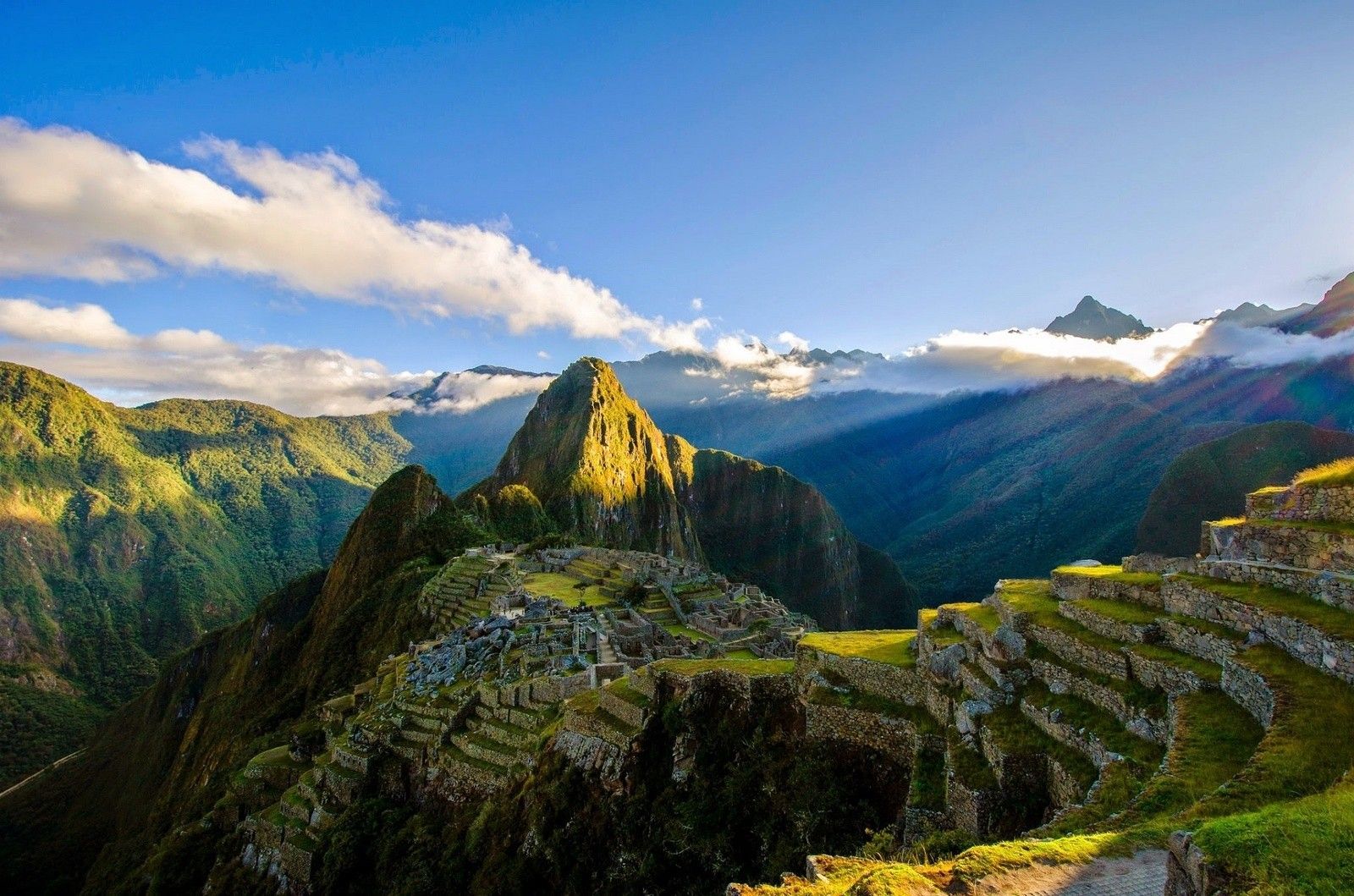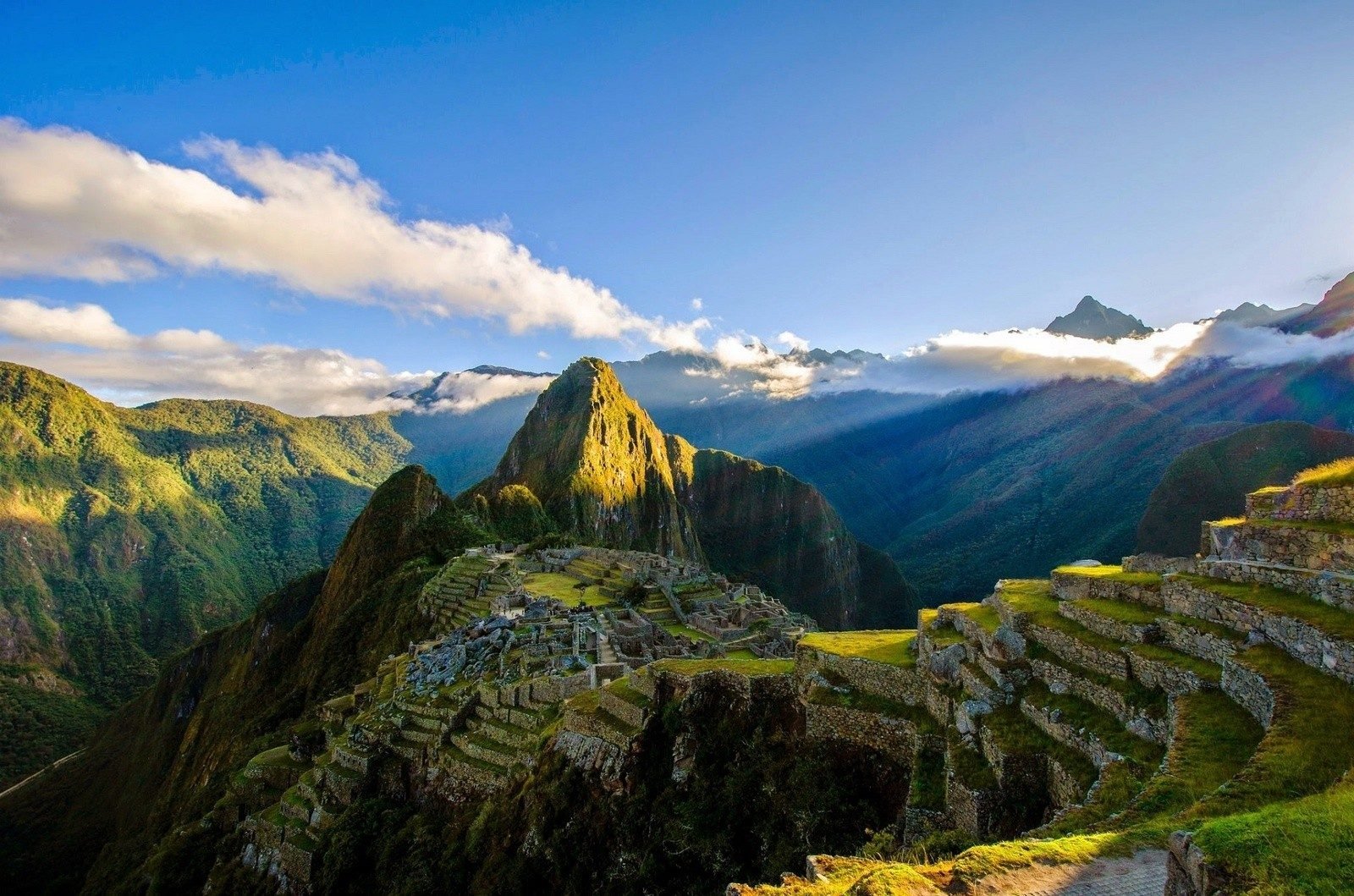
High in the Peruvian Andes lies Machu Picchu, the renowned 15th-century Inca citadel. Perched at 2,430m (7,972ft) above sea level, this UNESCO World Heritage site is celebrated for its intricate stone constructions and panoramic vistas.
There are plenty of interesting facts about Machu Picchu. The name Machu Picchu means 'Old Peak' in the Incan language, Quechua. How big is Machu Picchu? Some 201 square miles (325 sq. km). People believe it was the royal estate of an Incan king...
While many are familiar with its iconic terraces and temples, there are numerous lesser-known aspects of Machu Picchu that intrigue historians and travellers alike. Delving into these fascinating facts offers a deeper appreciation of this ancient marvel.
We've picked out what we feel are the most unusual facts about Machu Picchu.
Machu Picchu Facts
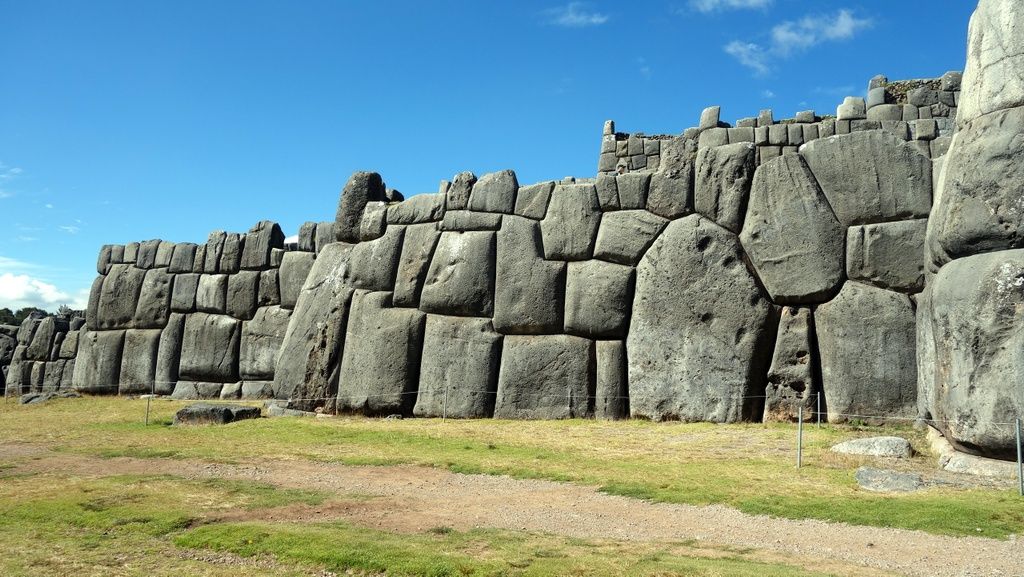
1. Machu Picchu Has Seismic-Resistant Architecture
Nestled between two fault lines, Machu Picchu is susceptible to earthquakes. The Incas, aware of this seismic activity, employed a construction technique called ashlar, meticulously cutting stones to fit together without mortar. This precision allows the structures to withstand tremors, as the stones can shift and resettle without collapsing. So basically, Machu Picchu rocks – all puns intended.
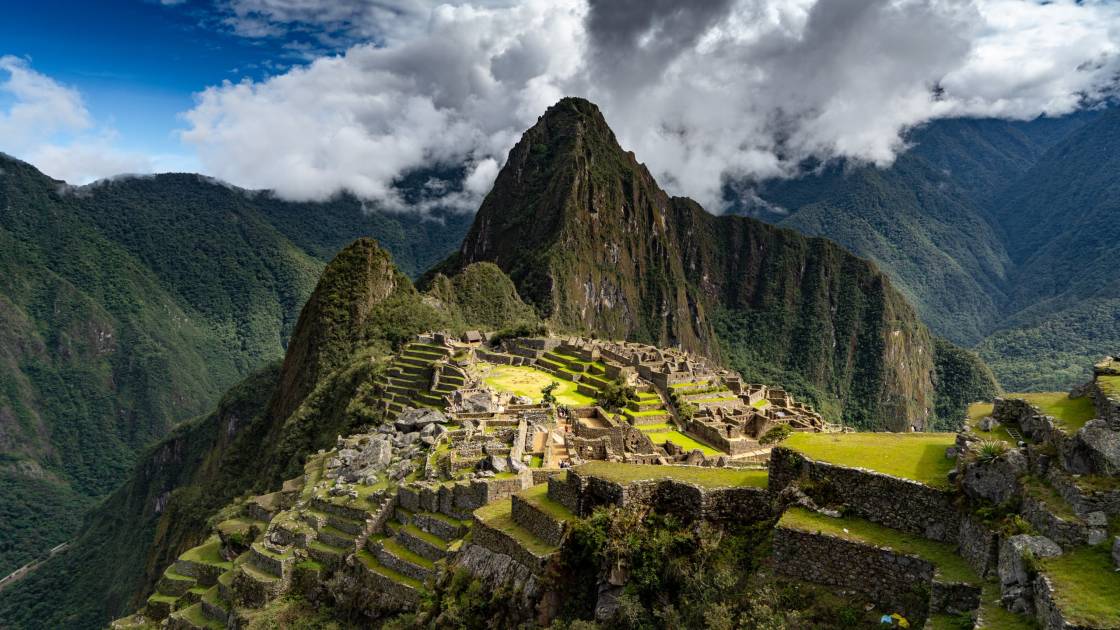
If you look closely at the buildings at Machu Picchu, you can spot the effects of a large earthquake which scientists think happened during the construction of the city. (Machu Picchu was constructed in the middle of the 15th Century.) For example, in the Temple of the Sun, there are relatively large gaps between stones – very uncommon for the perfectionist Incas. After that level, you can see that the building method changed slightly – favouring trapezoidal shaped stones that would slot more securely together than small cubes. Pretty clever.
2. You'll Find The Chakana (Inca Cross) at Machu Picchu
The Chakana, or Inca Cross, is a stepped cross with a circular centre, symbolising the three realms of Incan belief: the upper world (Hanan Pacha), the middle world (Kay Pacha), and the underworld (Ukhu Pacha). The Chakana or Inca Cross can be found at many Incan sites.
At Machu Picchu, a stone representation of the Chakana is found in the Temple of the Condor, ingeniously incorporating natural rock formations and their shadows to depict the complete symbol.
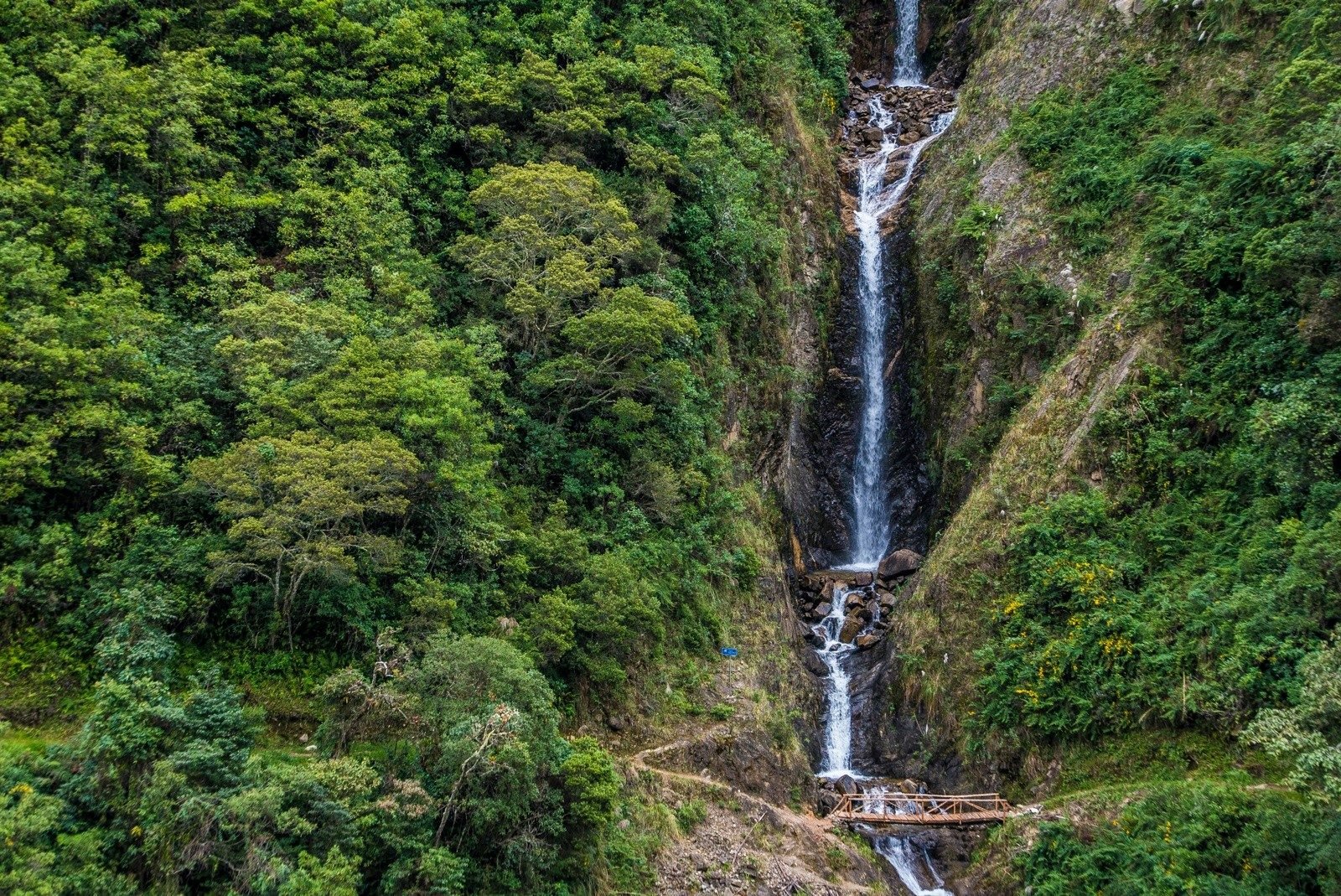
3. The Area Around Machu Picchu is Very Biodiverse
Machu Picchu is surrounded by biodiverse cloud forest and mountains.
Local guide, Roxner Cardenas Quispe says, “The ecology is extremely diverse and complex, including ten animal life zones, from the lower part of the dry forest – on the valley side – to the cusps of the mountain range."
"As a consequence of these variations, it really provides a wide variety of flora and fauna. The species of flora and fauna that have been recorded in this habitat represent a high percentage of all those species existing in Peru. It is estimated that between 10 and 20% of these species are in danger of extinction.”
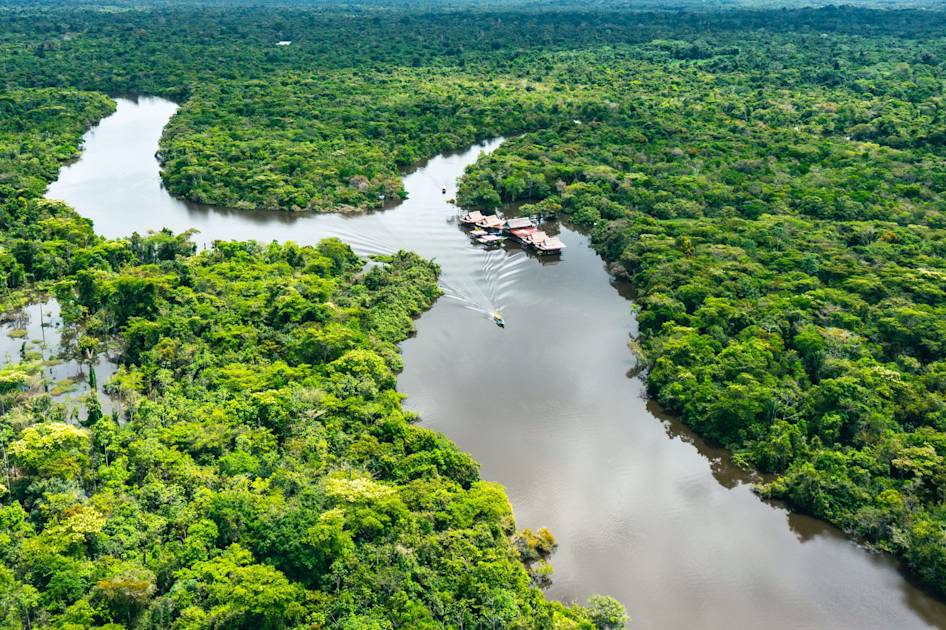
4. You can get your passport stamped
To get into Machu Picchu, you need to present some ID along with your ticket. But, the plus side is if you’re using your passport as ID, you can get a passport stamp! Not that Machu Picchu is a country in its own right or anything. It’s just a souvenir, but a pretty cool one. Particularly if your poor passport is empty. Getting a stamp makes you feel like a real traveller somehow. To get your stamp, visit the desk by the entrance to the city.
5. You can’t wear a kilt
There is a long list of prohibited activities at Machu Picchu. For example, it is prohibited to “do obscene acts inappropriate in a public place and that threaten morals and good manners such as undressing, disguising, lying down or running”. That includes things like arriving in your country’s traditional dress – like kilts or lederhosen.
You can kind of see where this comes from. Machu Picchu is a sacred site of the Incas. The people of Peru would like you to treat it with reverence and respect, not go crazy trying to get the best picture in a funny costume with your mates. Oh, but you can’t use a selfie stick to get your photo either, because they’re banned too.
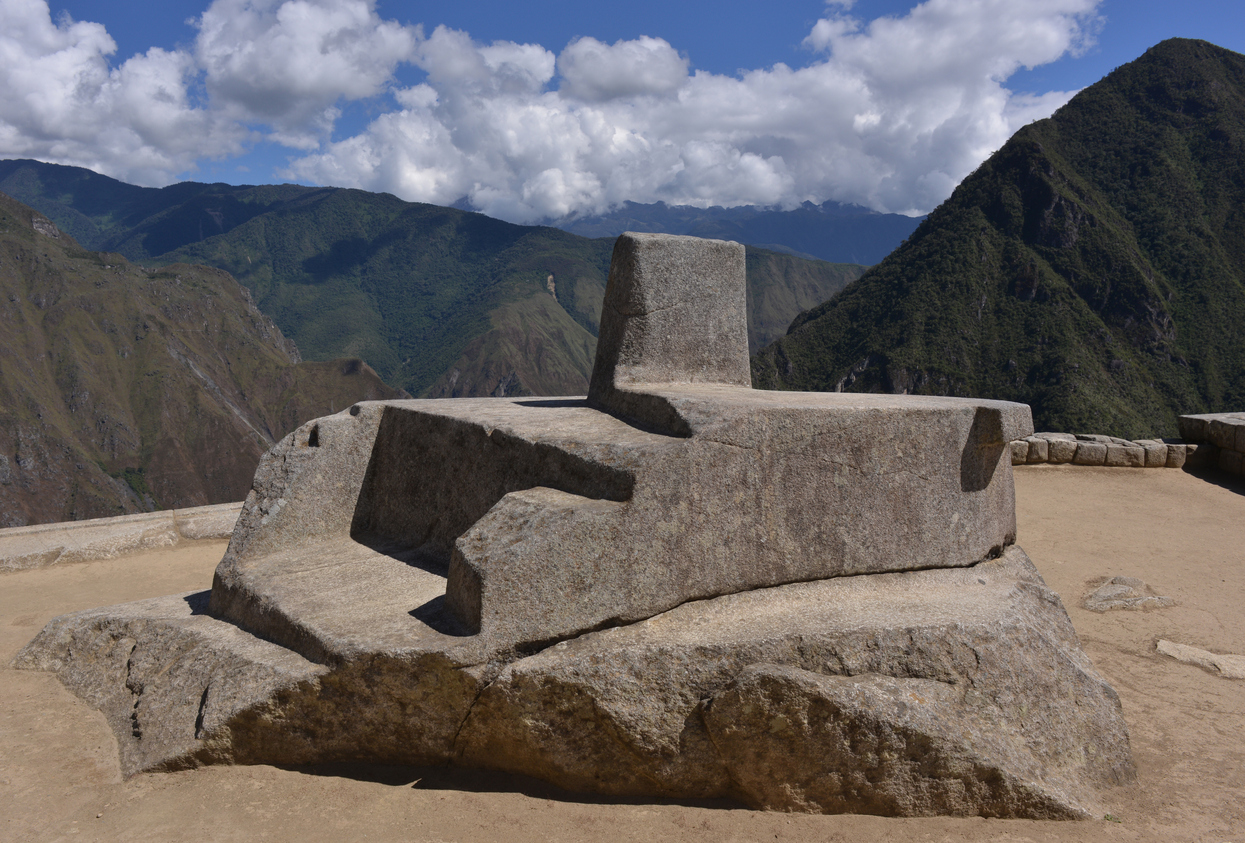
6. It Has An Undamaged Intihuatana Stone
The Intihuatana stone, translating to "Hitching Post of the Sun," is a carved ritual stone believed to have been used as an astronomical clock or calendar. Positioned to align with the sun during solstices, it exemplifies the Incas' advanced astronomical knowledge and their reverence for celestial events.
Many, if not all, Inca cities that have been discovered have an Intihuatana. Back in the 16th century, the Spanish conquistadores and their clergy went around destroying or damaging all the Intihuatana they could. But the Intihuatana at Machu Picchu hadn’t been damaged, when it was found in the 1900s. This means the conquistadores never found it.
Ironically, in 2000, the Intihuatana was also damaged. Not by the Spanish though – by a film crew doing a shoot for a beer commercial. The arm of a crane fell on it, damaging the southern part of the stone. The rules about filming and use of Machu Picchu have been cracked down ever since.
7. Machu Picchu Was Discovered By Hiram Bingham
Although local indigenous communities were always aware of Machu Picchu's existence, the site remained largely unknown to the outside world until American historian Hiram Bingham publicised it in 1911.
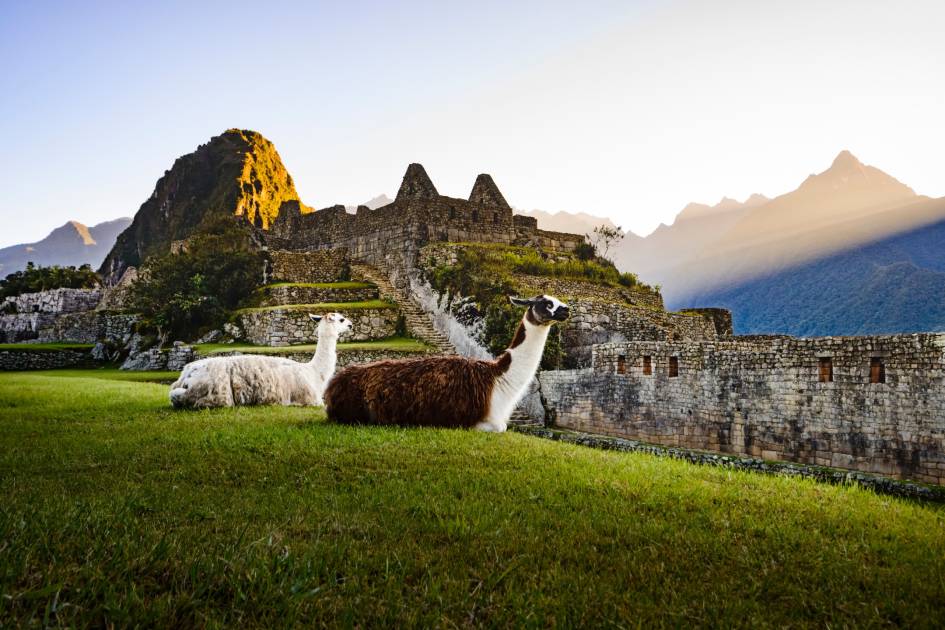
Guided by locals, Bingham brought international attention to the site, leading to extensive archaeological studies and global fascination.
Read more: Who Really Rediscovered Machu Picchu?
8. Machu Picchu Has Advanced Agricultural Terraces
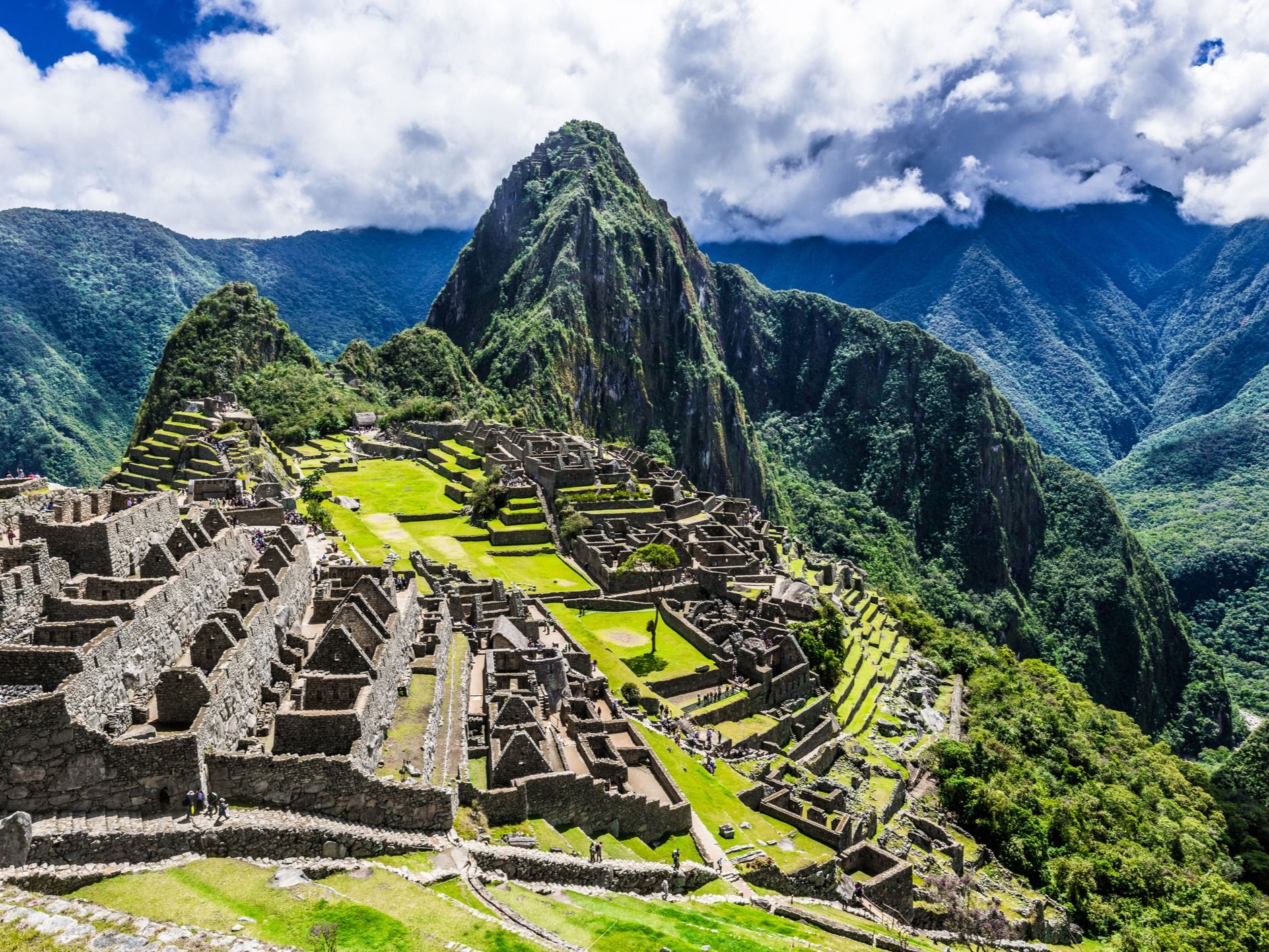
The steep mountainsides of Machu Picchu are lined with terraces that served both agricultural and structural purposes. These terraces allowed the Incas to cultivate crops such as maize and potatoes, while also preventing soil erosion and managing water drainage. The engineering prowess demonstrated in these terraces showcases the Incas' sophisticated understanding of agriculture and sustainability.
9. Tickets to Machu Picchu are Limited
Tickets to Machu Picchu are limited to 4,500 people per day in low season (January to May, November to December) and 5,600 between June and October. However, only 400 people are allowed to enter Huayna Picchu, the mountain above Machu Picchu, which holds the Temple of the Moon.
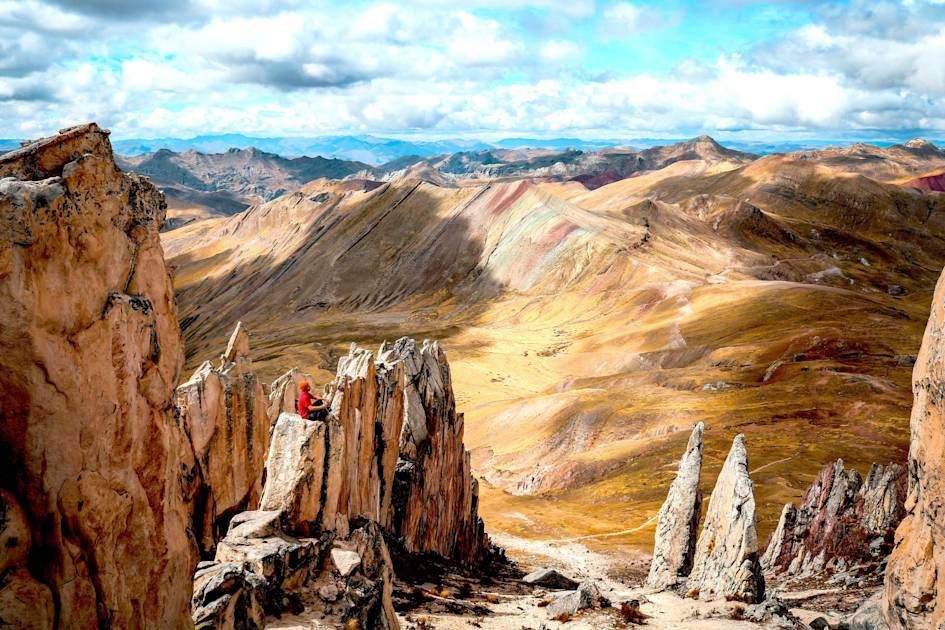
These tickets entitle you to a full guided tour of Machu Picchu. Plus a guide who will take you up the mountain and back. This is a great way to learn more about the Inca civilisation and give some meaning to the pile of rocks you’re looking at!
10. Machu Picchu is Recognised as a Modern Wonder
In 2007, Machu Picchu was voted one of the New Seven Wonders of the World in a global poll, highlighting its cultural importance and universal appeal. This recognition has further solidified its status as a must-visit destination for travellers worldwide.
Inspired to go and explore this incredible mountain city yourself? Go on an adventure to Machu Picchu with us.



